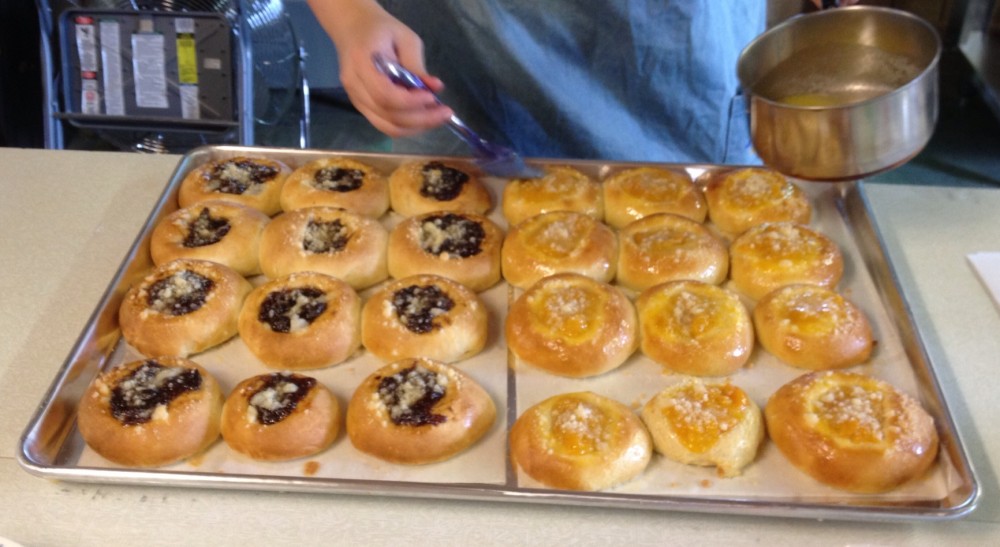Dale Patrick Chihuly paints with glass. He is called a glass artist and entrepreneur. Visionary may be closer. Piratical in appearance, he is a most amazing silica-based colorist and a constructor of glass art not seen before.
Last night in freezing cold, we wandered the grounds of the Dallas Arboretum in the dark, little for our guide but the spot-lighted and glowing glass constructions of Chihuly Nights brightening the way.
In 1976, at the age of 35, Chihuly lost an eye in an automobile accident. Three years later, he hurt his shoulder so badly that he was no longer able to blow glass, and he’s a glass artist. Give up? Not Dale Patrick. He went into the glass-coloring-constructing-making-it-bigger-and-brighter-and-weirder-than-every-before-and-I-really-like-this business, and business is good.
The sculptures are amazing at night and, I’m sure, in the day. If you want one for your own, be prepared to pay dearly. Don’t be concerned. There is little need to purchase your own – though I am sure the artistic troupe led by Dale would welcome your care, and please do, if you can. Until then, the wonders of glass and color are widely spaced and accessible around our globe in museums, gardens and other public venues.
Dale Patrick Chihuly is a marketing phenomenon. In his ways, he reflects on the human fascination with color and light. Like Thomas Kinkade, he discovered that if you light the faces of folks and their settings, those same people will lighten their wallets and shower you and your works with dollars and acclaim. Suggested beneath this tongue-in-cheek reflection is the need for incredible energy, boundless talent, a ready laugh and some large amount of humility. I suspect Mr. Chihuly possesses all these in abundance.
It is comforting that such talent can be rewarded and, because it is appreciated, so many can share in the success.
In all things, we see elements of luck, chance or, at least, unintended consequence that benefit the party most directly involved and those derivative on-lookers and participants that are ourselves. We see a Chihuly or Kinkade and know we are lucky that we can view its light and color. We see the end of the year and know that we are lucky to watch its passing.
Reaching for the can of black-eyed peas at the grocery, we know that luck is something we want in the New Year. Wondering why all the pre-cut and packaged cabbage is gone from the shelves already, we buy a head of cabbage to make our own cabbage slaw for more luck on the 1st of the year and beyond.
No one really knows why the eating of black-eyed peas and cabbage is a lucky New Year’s tradition. No one really knows why Thomas Kinkade and Dale Patrick Chihuly are as wildly successful as they are, but all who view their works know they are themselves lucky in that viewing.
With the wish for not a little luck, we all wait to welcome the New Year. With the wish that we will be as lucky as Thomas and Dale Patrick, not a few watch to see the New Year approach. When the ball drops, the hour arrives and the clock strikes twelve midnight, we forget those thoughts, raise a cheer, kiss those we love and know that we are all so very lucky to be here just the way we are today.
Don’t forget the black-eyed peas and, if you can, stop by — we’ll have extra coleslaw.
Happy New Year,
Grandpa Jim
